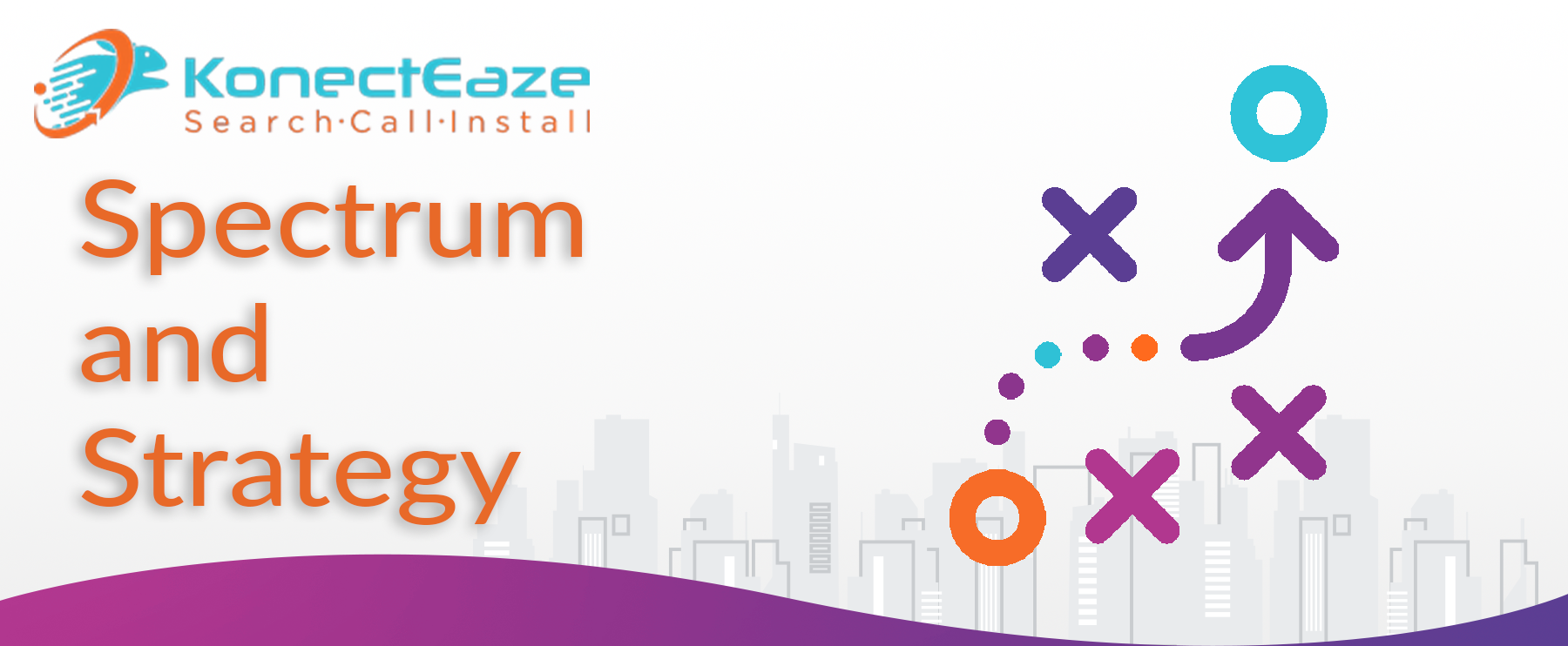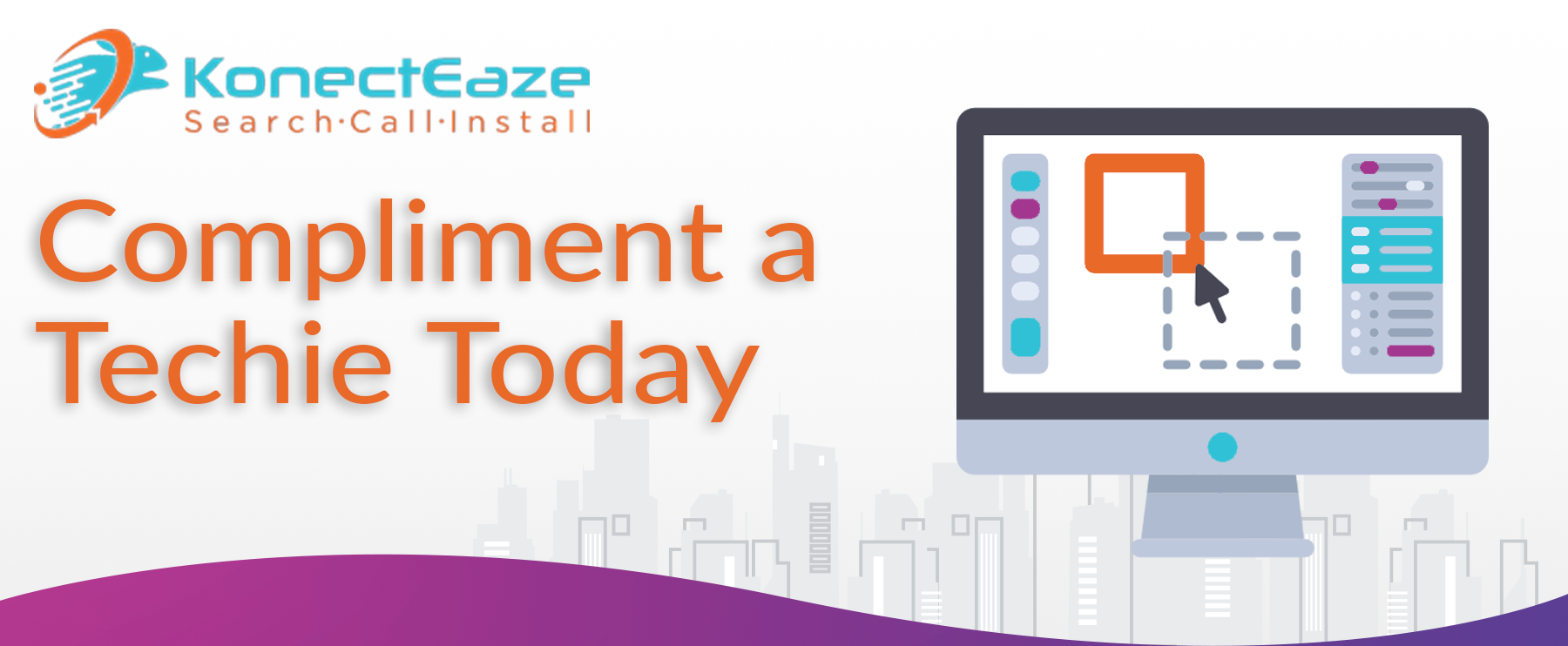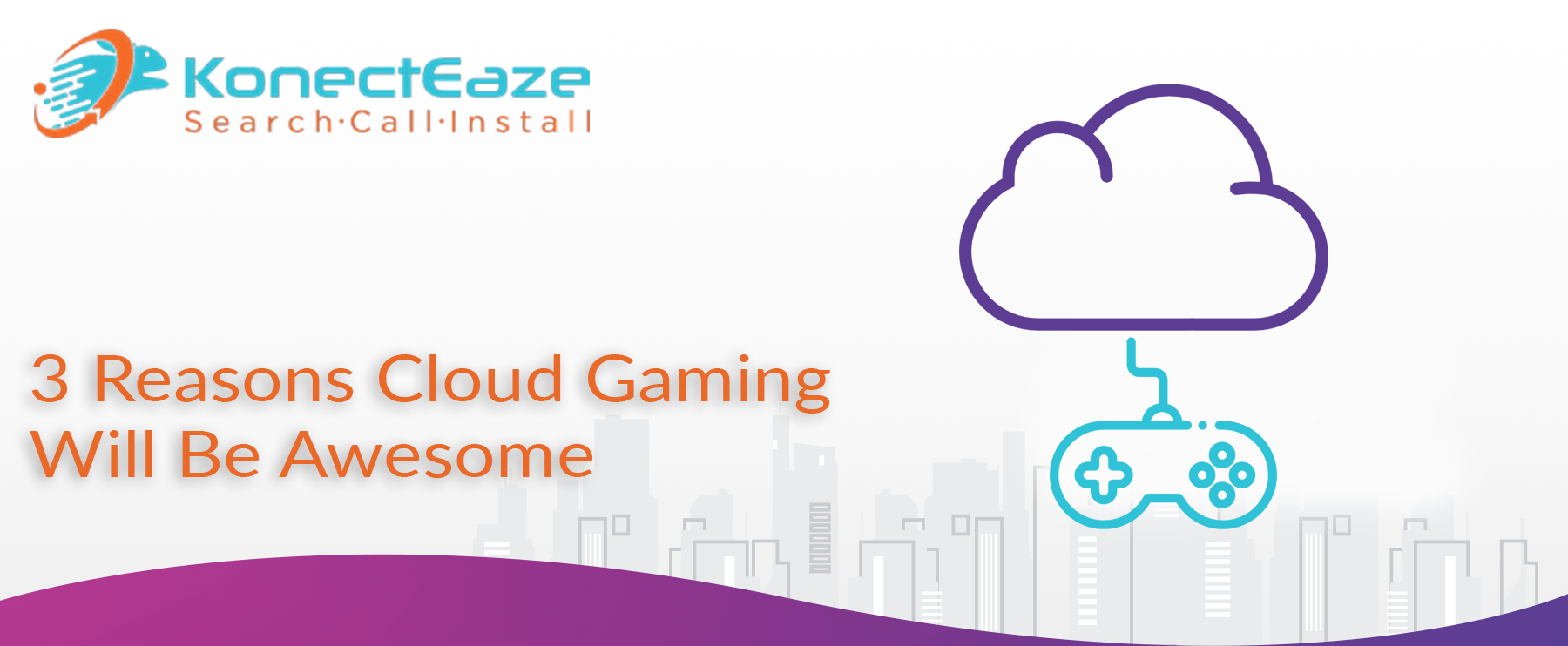How to Succeed on Twitch and YouTube
Monetizing a live stream is seen as a legitimate career. Simply set up an account and just be yourself. It’s…not that easy. Here's a comprehensive guide to make it work!
Know Your Topic
To succeed on Twitch or YouTube, it’s crucial to know your topic well. Focus on areas where you have skills and knowledge. Consistently work on improving your content by researching, organizing, and honing your storytelling or gaming abilities. This helps you stand out in a saturated market and attract a dedicated audience.
Create Genuine Connections
Building a loyal audience requires genuine connections. Engage with your viewers authentically, whether through live chats, comments, or social media. Developing a unique persona or schtick can make interactions easier and more relatable, fostering a strong fan base.
Do Your Research
Continuously improve your content by researching trends, techniques, and audience preferences. This not only keeps your content relevant but also enhances your credibility. Watching how successful creators operate can provide valuable insights and inspiration for your own content.
Quality Over Quantity
While regular content is important, ensuring high-quality production values can set you apart. Invest in good equipment for clear video and audio. High production quality attracts more viewers and keeps them engaged.
Consistent Content Creation
Regularly posting content helps build and maintain an audience. Consistency is key to keeping your viewers engaged. Create a schedule and stick to it, so your audience knows when to expect new content.
Understanding Algorithms
Both Twitch and YouTube have algorithms that influence content visibility. Understanding and leveraging these can increase your content's reach. Learn about SEO, tags, and trending topics to optimize your videos for better discoverability.
Collaborations and Networking
Collaborating with other creators can expose your content to new audiences. Networking within your niche can lead to valuable opportunities and growth. Joint projects, guest appearances, and shout-outs can significantly boost your visibility.
Monetization Strategies
Explore various monetization options, such as ad revenue, sponsorships, and viewer donations. Diversifying income streams can provide financial stability. Consider creating merchandise, offering memberships, or using platforms like Patreon for additional revenue.
Staying Updated
Keep up with platform updates, trends, and viewer preferences. Adapt your content strategy to stay relevant and engaging. Attend industry events, follow industry news, and continuously seek feedback from your audience.
Build a Brand
Develop a consistent brand identity that includes your logo, color scheme, and tone of voice. This helps in creating a recognizable and professional presence. Brand consistency across all platforms and content can attract more followers and foster loyalty.
Invest in Professional Tools
Invest in tools that enhance your content creation process. This includes editing software, graphic design tools, and sound equipment. High-quality visuals and audio can make a significant difference in viewer retention.
Engage on Social Media
Use social media platforms to promote your content, engage with followers, and network with other creators. Platforms like Twitter, Instagram, and TikTok can drive traffic to your main channels and expand your audience.
Analyze Your Performance
Regularly review your content's performance using analytics provided by Twitch and YouTube. Understand what works and what doesn’t, and use this data to refine your strategy. Metrics such as watch time, engagement rates, and viewer demographics can provide valuable insights.
Offer Value
Ensure that your content offers value to your viewers, whether through entertainment, education, or inspiration. Valuable content encourages viewers to return and recommend your channel to others.
Conclusion
Succeeding on Twitch and YouTube requires dedication, authenticity, and continuous improvement. By knowing your topic, creating genuine connections, and consistently delivering high-quality content, you can build a loyal audience and achieve your streaming goals. Remember, success doesn’t happen overnight, but with perseverance and the right strategies, you can make it in the world of streaming.
Relevant Links from KonectEaze
https://www.konecteaze.com/this-and-that/switching-to-a-hobby
https://www.konecteaze.com/service-providers/switching-habits
https://www.konecteaze.com/news/bitcoin-getting-blocked
https://www.konecteaze.com/product-reviews/find-better-way-apple-maps




